There can be your advertisement
300x150
Kira Virzhé: The Relevance of Ecological Design Will Continue to Grow
Where business and art intersect, we find design. In a world in constant change, design evolves too. We are becoming more conscious of our consumption habits and striving to find ways to positively impact the planet. People inevitably create waste, produce temporary goods, and create enduring objects. The goal of modern design is to minimize waste, maximize the use of temporary goods, and promote the creation of durable products. Kira Virzhé, a well-known designer, decorator, and artist, has dedicated her career to shaping interiors and exteriors of non-residential and public spaces. Through her work, she has observed the evolution of global trends in design. The concept of 'sustainable development' now encompasses not only materials and consumption habits, but also the spaces in which we live and our spiritual well-being.
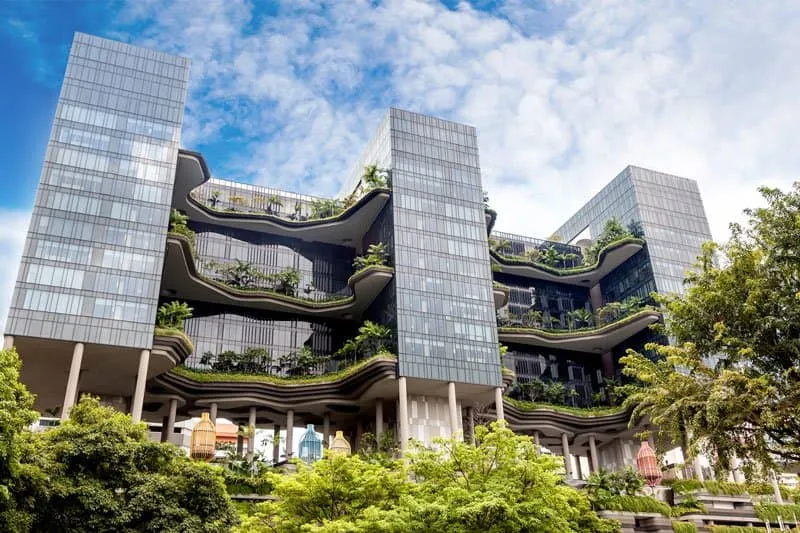
Since opening the contemporary art gallery 'Left Heel' in an old warehouse building, you have successfully transformed more than one industrial object into a work of art, integrating them into the surrounding environment. Tell us about other interesting eco-friendly solutions in public space design.
There are many examples of how design has become a starting point for changes in people's lives and society. However, since I work with architecture and interior design, I was particularly interested in the story of creating the cover for Pink Floyd's album 'Animals' and the coal power station Battersea depicted on it, which for many years emitted smoke from four chimneys and polluted London's sky. At the same time, this station is Europe's largest brick building, with chimneys 109 meters high and the most original interior and decor in Art Deco style. It served as a backdrop for numerous artistic and musical projects, but became legendary and recognizable thanks to the 'Animals' album where the station is shown next to a pink inflatable pig. The station ceased operations in 1975, and in 1980 the building was declared a cultural heritage site—thanks to the album cover. After that, for many years different owners tried to revitalize the building but no one could until architect Rafael Vinoly took on this task. He proposed restarting the station to generate electricity, but now in an environmentally clean mode by recycling waste, biofuels and other renewable resources. Instead of a destroyed roof, a transparent 'eco-dome' was installed. The building owners reassured Londoners that they would not be disappointed and could expect from architects and designers that the station would become 'a magnificent place for living, working, and leisure.' And so it happened—thanks to the album cover, the genius of artists, architects, and designers who penetrate everywhere where there is space for creativity. This story is a powerful example of how design, architecture, art, music and business intertwine in one place to create higher-order values.
In the world, there are many such objects of the past and previous centuries, and I was fortunate to participate in several such projects. The world has become transparent, global trends in design permeate everywhere and know no boundaries. Recently, in the Siberian city of Omsk, I had the opportunity to participate in a project very similar to London's Battersea Station. It was the design of the reconstruction of a former thermal power plant—a building from the early 20th century with a very rich and interesting history. It is noticeable that three boilers were installed in the main building of the station, which were brought with difficulty from England. During the Civil War in 1919, the Kolchak government transferred the power plant building to a French military unit. After inspecting the main building, the French decided to equip it as a radio station using the 70-meter chimney as a communication mast with Paris. Over time, retreating under attack from the Red Army and leaving the station in 1919, the French shelled the main building and chimney. The damage was minimal, holes were patched up, and the station continued to operate until 1986. Later, already in decline, the station passed into private ownership, which initiated opening a cultural and entertainment complex with a restaurant, banquet hall, and universal spaces for various events in the building.
The reconstruction, demolition, and adaptation of the old coal power plant for other purposes was a complex and very expensive task. The loft style project won the competition: a style where industrial spirit meets modernity, values space and naturalness. The undeniable advantage of this style is that it isn't bound by strict rules, but there are several key elements forming its recognizable image. Industrial aesthetics, brick, rough plaster, pipes, ventilation components—these 'flaws' are unique. Loft is a style that can create a cozy, yet not boring environment. Moreover, the client set the task to implement the project using only natural materials.
The eco-style, woven into the fabric of industrial interiors, logically combined with the theme of ecology being close to religious. It can only be spoken about in whispers, in a chamber setting, like in the forest or by the shore of a quiet river. This is a spiritual state, comfortable and friendly, which people should feel upon entering the space of the former power plant. Reflections on life in silence, solitude and peace. This is what the Greek word 'isichia' means. From this arises art, architecture, design and subsequent ecology of space and soul. The story of the Siberian power plant is ready to become a significant history. It has all the prerequisites for this.
In Omsk, you transformed an old hangar into a modern concert venue, blending vintage industrial style with steampunk elements. This place has become the city's largest youth concert hall. How do you find creative solutions for each new project?
Usually one project follows another, and they often have overlapping elements due to the standard requirements of an ordinary person and the need for predictable results. The next project begins as a reaction to the previous one, and then it becomes important how we interpret and present ideas. It depends on us to give meaning and perception of the overall design concept. Our charisma and ability to freely convey necessary information form the final result. Moreover, interpreting information by a designer is truly important; he should not simply copy the desires and delusions of the client. A designer should not become just an executor of 'anything you want'.
Today we all have direct access to information in its original form. We transform abstract concepts into material forms, turning thoughts and actions into images and relationships. It is artists and designers who shape the world around us. We are the main trends. As a wise book says: 'You are man! The beloved creation of God! Do something to catch his attention!' It's hard to find a better motivation for an artist or designer.
The market of talents in design is huge. Cities are expanding, consuming industrial zones with residential development, and some buildings naturally adapt to socio-cultural goals. In Russia, this process has led to an unexpected result—increased demand for design and project planning. Former factories have become subjects of reconstruction, turning into shopping centers, office buildings and residential complexes. I personally experienced this trend by working on projects in former industrial areas. For example, I designed the restaurant 'Tabakery' in a former tobacco factory, the restaurant 'Halif' in an administrative building of the enterprise 'Krasny Pakhar', the restaurant 'Hybara' in one of the workshops of the former Putynov factory, and the restaurant-club 'Mishkin i Mishkin', located in a converted garage for heavy trucks at 'Sibzavod'. The disappearance of factories built during the Soviet era was caused by a number of reasons. But one thing is certain: their disappearance within residential areas turned out to be a positive factor for the urban environment. Factories, often operating with outdated technologies, released harmful substances into the atmosphere, polluting air and water. Their closure was a step towards cleaner and healthier urban space. I see the same trends in the United States.
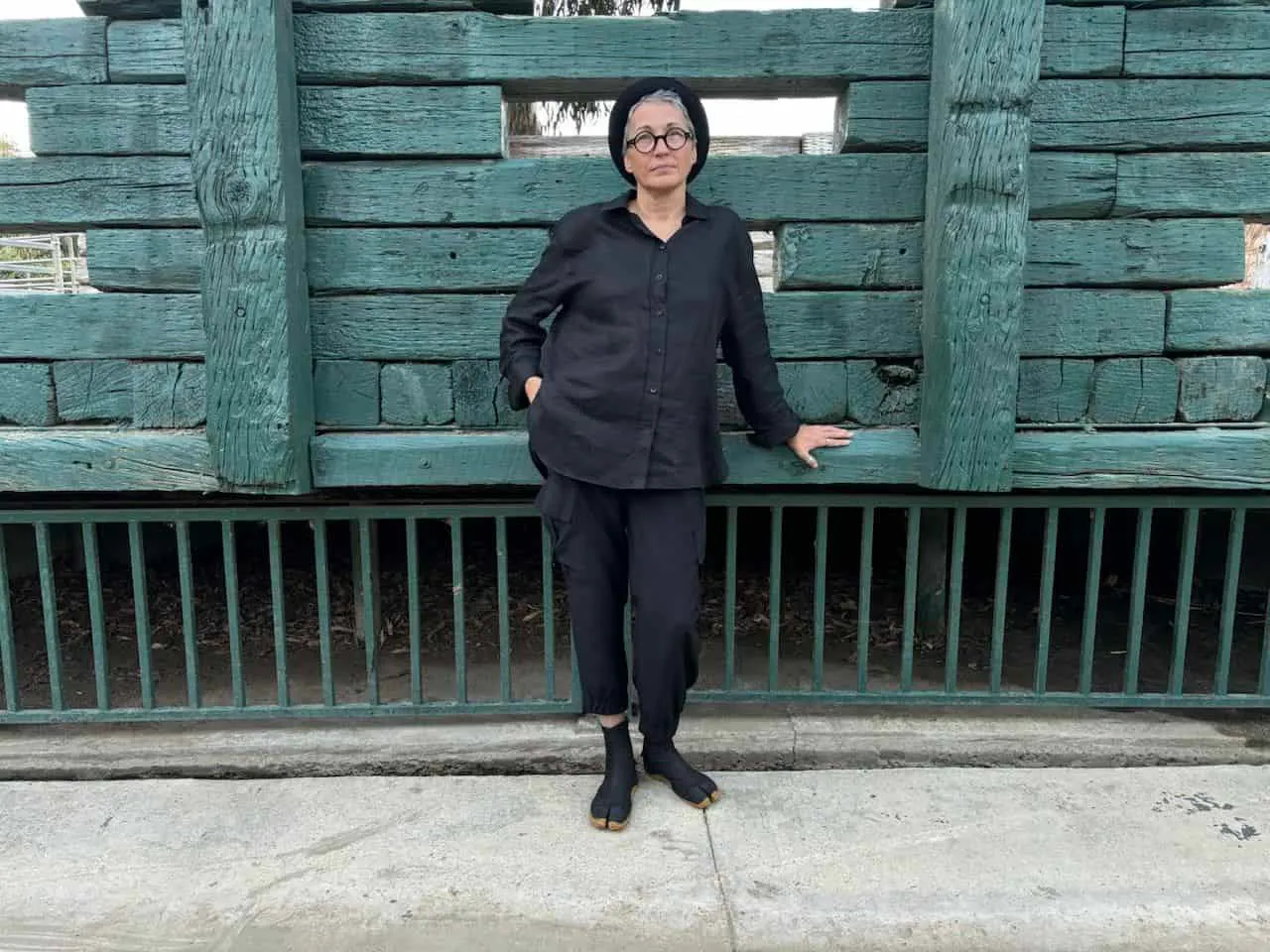
Previously, you opened several art and industrial workshops for creating individual decorative objects, and developed a new printing technology on mirror canvas, which opens huge possibilities for creating unique interiors. How do you find new solutions in design?
Creating a unique interior is a challenge that every designer faces. But how can we ensure that the space not only looks aesthetically pleasing but also reflects the character and preferences of its inhabitants? The answer lies in creative solutions that always depend on a specific task and situation. Design decisions, like any creative process, do not follow strict algorithms. They are born from intuition—the ability to immediately understand the truth without reasoning or logical conclusions. Intuition allows a designer to see something special in ordinary objects, create unusual compositions and unite various elements into a harmonious whole.
Intuition is not just a feeling, but a state where logic yields to direct perception. It allows one to 'feel' the space, understand its history and purpose. Through intuition, a designer can sense the energy of the space, perceive details invisible to the eye, and create an atmosphere reflecting the soul of its inhabitants.
You have more than 30 years of experience in interior and exterior design. How sustainable is the 'green trend' in design and architecture today, and why?
This is not just a passing trend but a fundamental transformation of the industry. Traditional materials are being replaced by innovative, eco-friendly alternatives. Recycled plastics, biodegradable materials and natural fibers are now common in sustainable design. Moreover, new construction technologies are being developed to minimize environmental impact. Public space design is evolving towards comfort and harmony with nature, including elements of green roofs, living walls and rainwater harvesting systems. In today's world, sustainable design is becoming increasingly necessary. It allows us to create beautiful, functional environments without harming our planet's health. Using innovative materials and technologies, we can contribute to a more sustainable and harmonious future. Sustainability issues, previously ignored, are now at the forefront of public consciousness, and the role of a designer is to be a defender of these values.
What are the prospects for green design?
As technology advances, demand for eco-friendly solutions in design will only grow. Today's design is characterized by its interchangeability and minimal risk. The quality of design is exceptionally high, production standards are flawless, craftsmanship is excellent. However, there are also worrying trends. The revolutionary generation has been replaced by one seeking 'comfort and prestige', rejecting risk and aiming for safety, isolated from the chaos of creative freedom. Differences between products are now almost imperceptible, unique qualities defining individuality become significant. Although we admire aesthetic and technical standards, they don't drive us forward. We are stuck in a world of polished stereotypes. This increases the need for individual, creative solutions that can free us from these stereotypes and create something truly new. Design solutions should include both revolutionary and provocative elements to break the status quo and raise doubts about prejudiced perceptions.
More articles:
 Is Office Fitting Right for You?
Is Office Fitting Right for You? Should You Buy or Build Your First Home?
Should You Buy or Build Your First Home?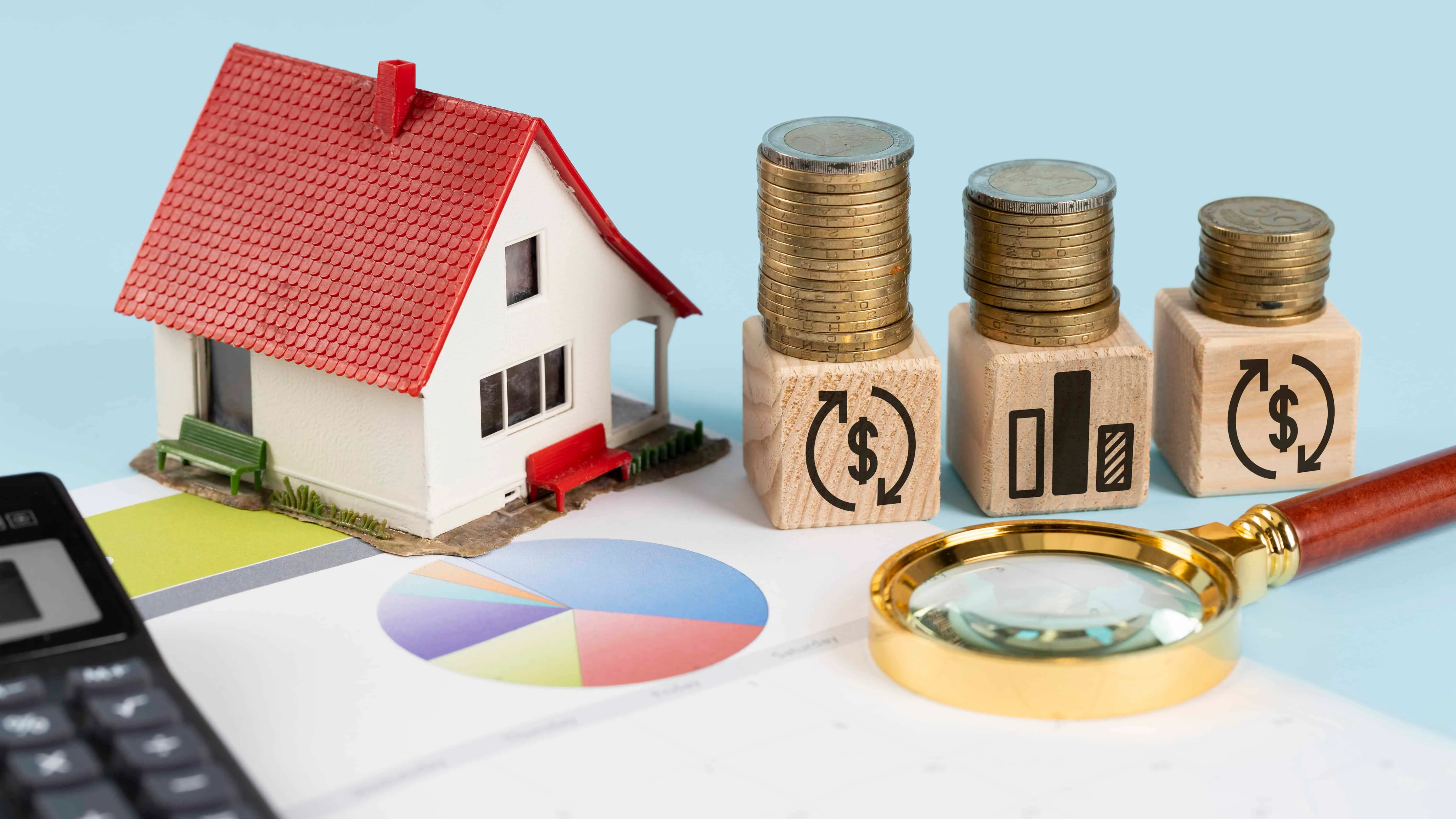 Is It Worth Buying Real Estate in 2024?
Is It Worth Buying Real Estate in 2024? Does Your Home Breathe Clean Air? Find Out Now!
Does Your Home Breathe Clean Air? Find Out Now!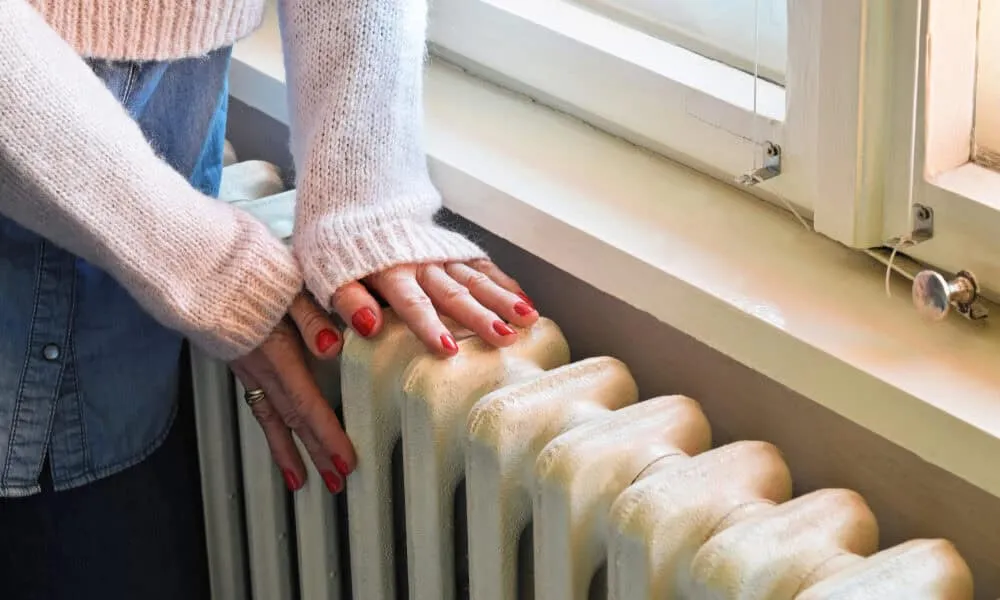 Is Your Radiator Wasting Energy (and Money)?
Is Your Radiator Wasting Energy (and Money)?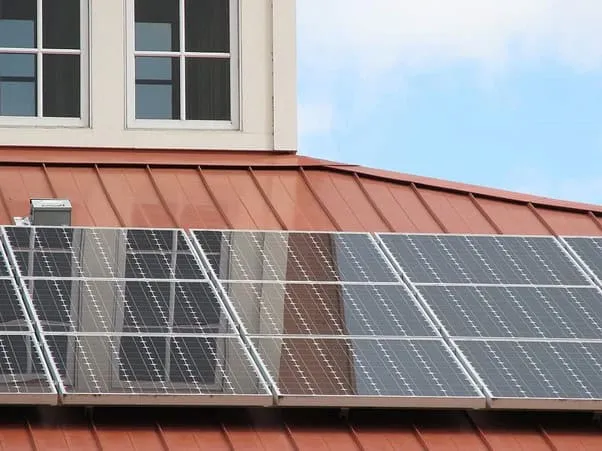 Is Your Roof Type Suitable for Solar Panels?
Is Your Roof Type Suitable for Solar Panels?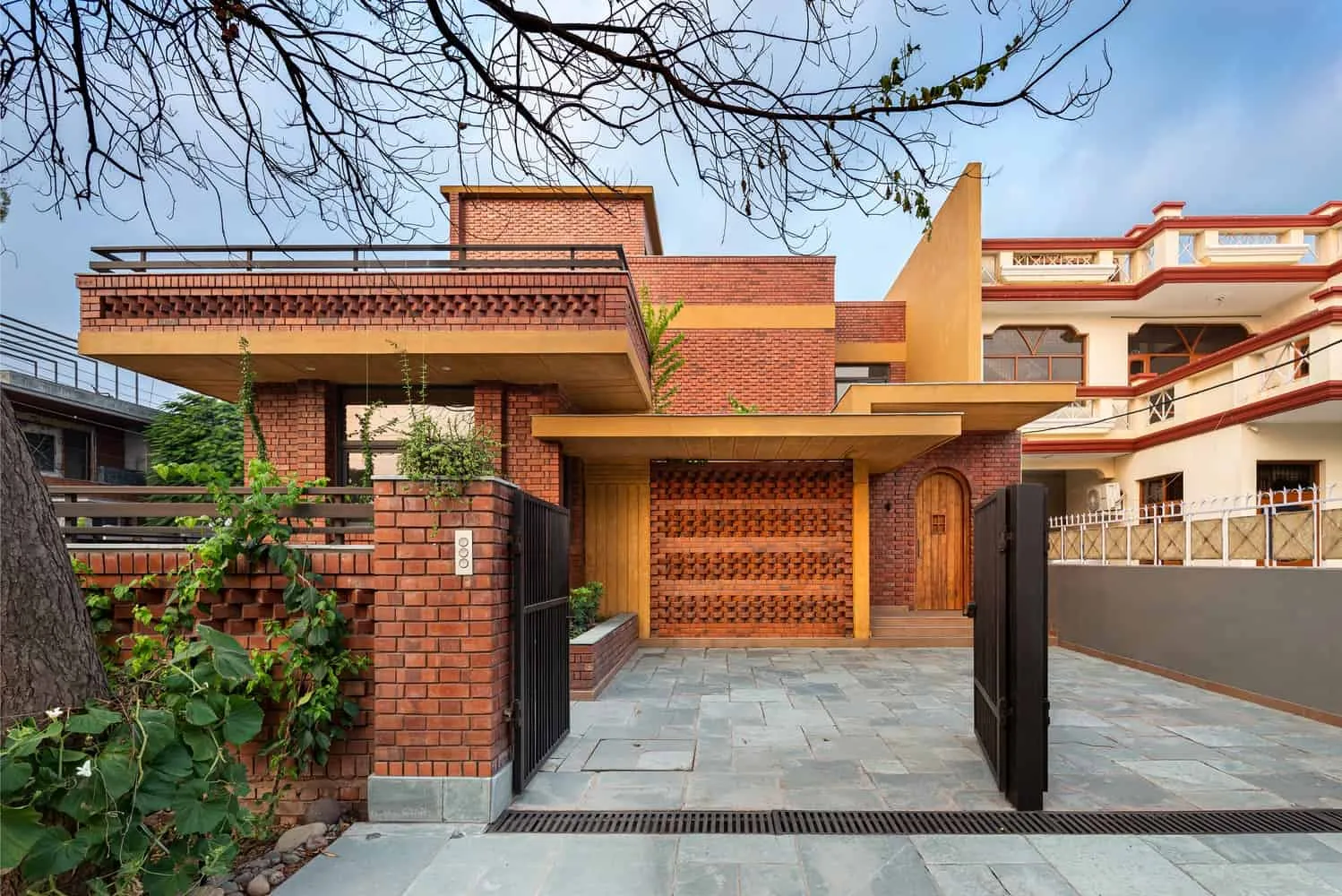 Residential House Ishtika Aalaya by Studio Built Environment in Panchkula, India
Residential House Ishtika Aalaya by Studio Built Environment in Panchkula, India Ethanhang House by Cadas Arquitetura in Brazil
Ethanhang House by Cadas Arquitetura in Brazil